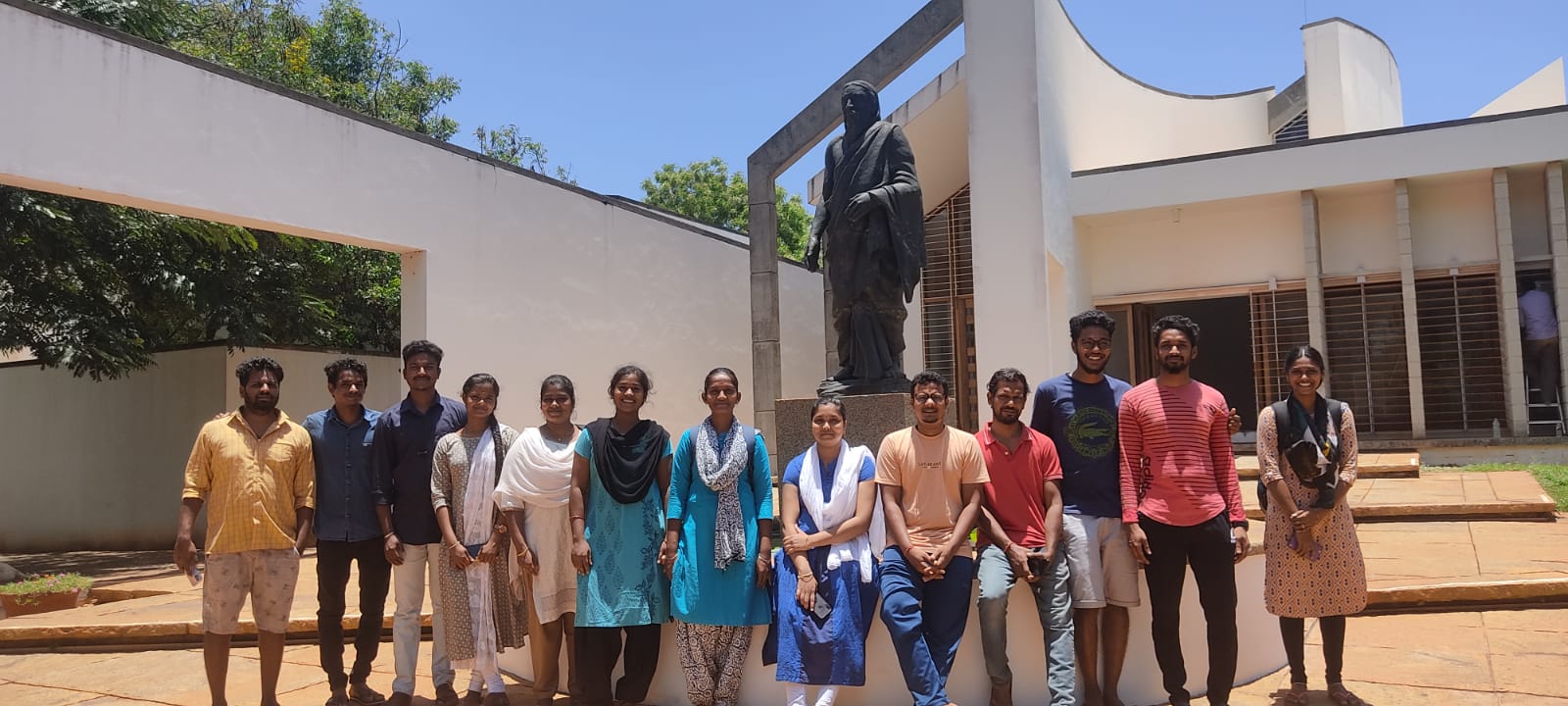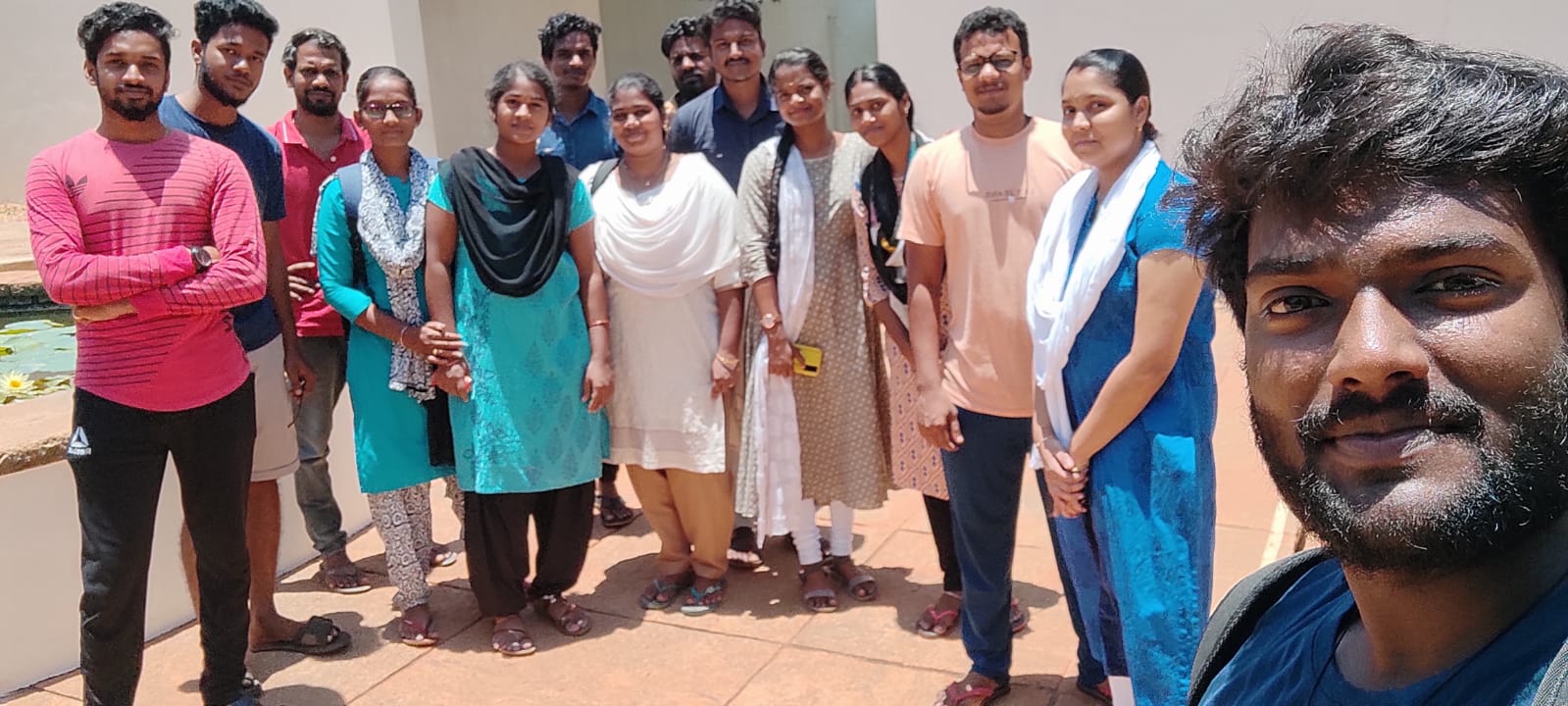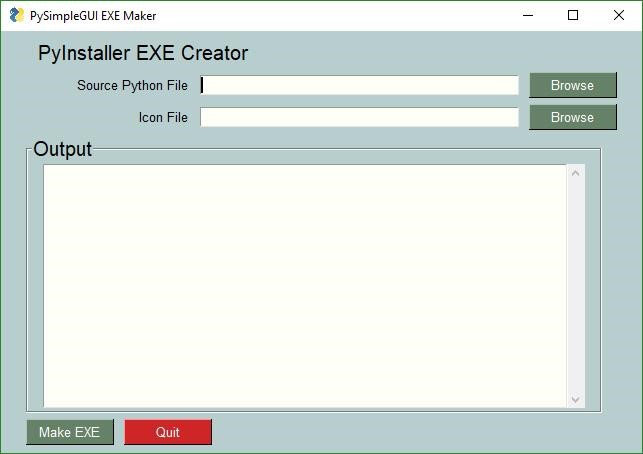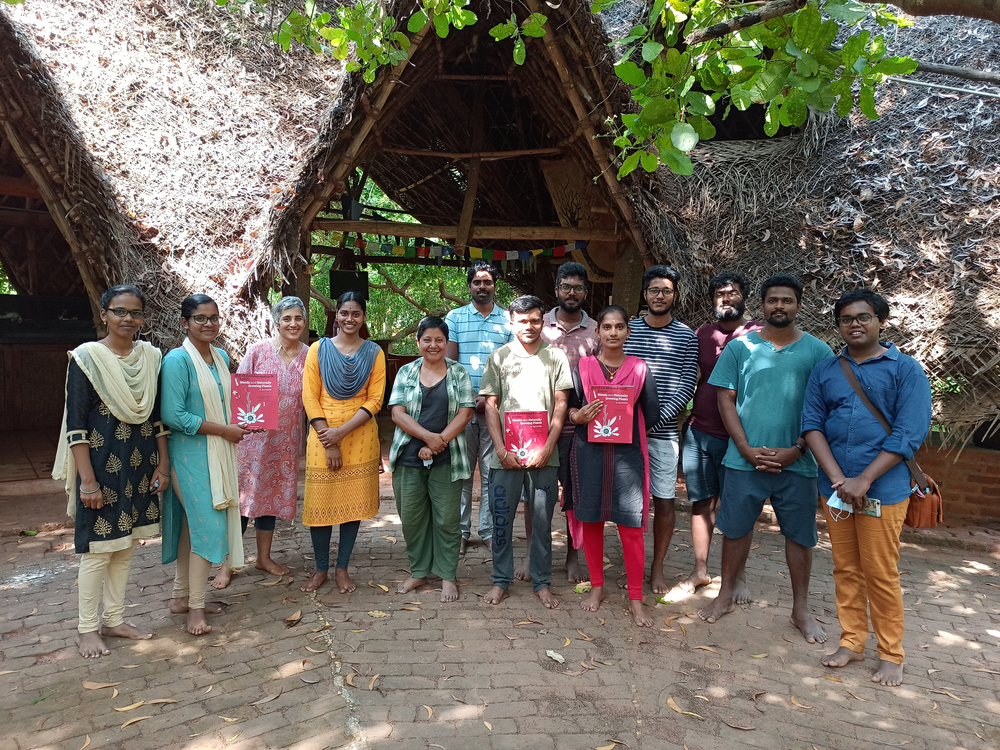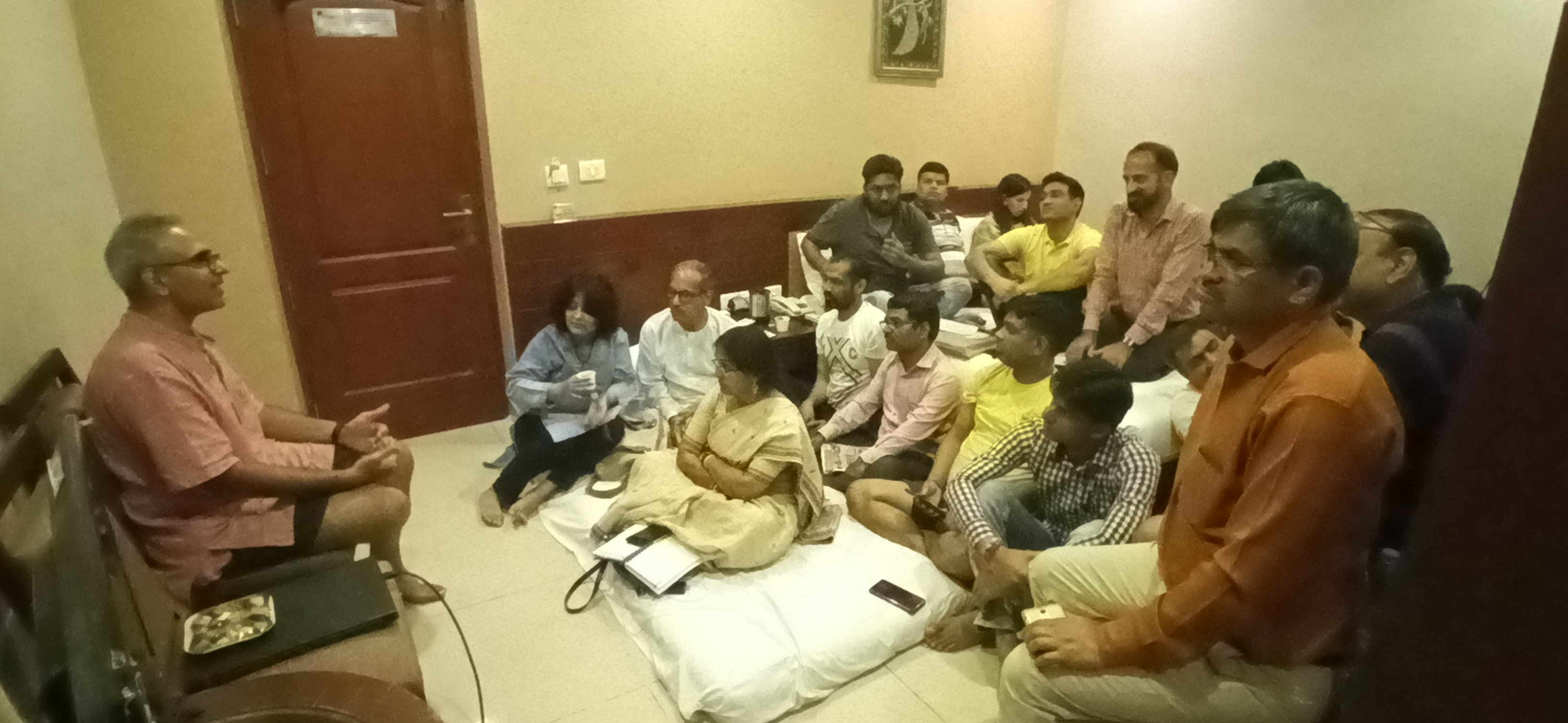During this lock-down period, the migrant laborers struggled a lot for food and shelter. At STEM land we had an opportunity to work with an NGO called Coast India for helping migrant people. Ten of us volunteered for this NGO. The NGO had collected a database from the state government on migrant laborers who had earlier called in for help and put this information in an app. Our responsibility was to call the concerned people and verify the data and update their current specific requirements of migrant laborers. We spent about 2hrs per day for about a month. We worked with the migrants who were from Jharkhand in Tamil Nadu.
We called around 600 contacts and through them we reached nearly 2000 others. It was a difficult task for us to communicate since most of us do not know Hindi and most migrants could communicate with limited Tamil, but we still managed to understand and help them get food , shelter and transportation to get home by working in tandem with the NGOs on the ground in their areas.
Initially the government had promised that with updated data the migrants will have money transferred to their accounts. However, this did not happen and many of them were frustrated when they didn’t get the support committed by their government and additionally the situation at hand was also hard. The calls were hard to take as they were emotional and it even affected some of us as we were expected to continue to follow up for updated information. Nonetheless, our team members consoled them and helped them by sending many emails to the NGOs for follow up. All this struggle and emotional stress was wiped away when many of the migrant people sent us messages that they have safely reached home or got the rations they needed. We would like to thank Coast India NGO for creating this opportunity to help in relief for those who were stranded during the Carona.
Some insights
Working on COVID-19 relief work with Bindu and team was one such experience which made me realize one of the most pressing issues in our society – migrant workers. This issue was invisible to many of us till we got the intensity of it – the number of migrants, many unregistered, working in most hostile conditions thousands of kilometres from their homes, away from family.
As Bindu planned, we were given contact details and basic data from initial calls (mostly state government call centres). We had to reach out to the people on our list and get the latest status regarding their food, stay, health and any other essential things. There were mainly two phases:
1) initial phase when our migrant friends were having difficulties getting food, dry ration etc. Though we used to take note of their needs, many times it wasn’t possible to reach out to them with the help considering strict lockdown and resources at hand, both financial and human. Bindu was working hard to manage the ration/food for those who are in urgent needs, even with the scarce resources at hand.
2) In the second phase, there was a shift from getting food to getting transportation to their home states. This was the time when I realized that though many don’t have enough food to twice a day, they were not asking for it but for transportation.
Many times, it happened that they were frustrated by filling up different forms of the two states, with changed rules over every week. I experienced that through phone calls but wasn’t able to do anything about their travel. Eventually some of them started walking to their home with no hope of governments and administration managing their travel.
In all this chaos and helpless situation, I just started to listen to them. Some of them couldn’t control their tears, some just having hopes in their eyes. Some just needed to know the status of travel, and some of them were hopeful that someone is at least listening to what they are facing. Though I couldn’t contact all the people from cases assigned to me, I had contacted many of other migrants and could share some important updates with them as my number was being circulated by many of them among their other friends.
I couldn’t work from the last two weeks on this issue as it was very time consuming (I used to get calls all day) and I had other responsibilities. I still feel I could at least help some of them if not as many as I would have liked.
It moved me to see these many friends of ours have to go through these difficult times but there are people like Bindu who are working tirelessly to help them. Glad to be part of this initiative.
– Ganesh Shelke
When I called them, I came to know most of them are facing problems with food, shelter and many have to go back to Jharkhand. Hearing their problems and helping them to go back to their hometown gives me satisfaction. Thanks for giving me this opportunity.
– Sharat Kumar.N
I felt connected when I talked to people. Language was an issue for me. I was not able to speak in Hindi and was not able to reach people easily. They were asking for support and used so many “please” it was hard for me at that time to listen to their queries. Some of them were physically not well, didn’t get ration items, had to pay rent, wanted to go home and so on. Most of the time I had this question within me that, is what I do really useful and does it reach the one in need. I had this question when many of them said that it has been 20 days since I have requested, but still we didn’t receive anything. But I processed it within myself and took it as an opportunity of my growth and others.
-Poovizhi
I feel content and happy that I was able to support others during their difficult situation. It was great that their government (Jarkhand) took so much effort to give their support to the migrant people through this NGO (coast India) and Jarkhand Sahayta App. When people informed me that they received support from NGOs I was very happy. When some people did not receive any help at that time, we sent an email to NGO people to give support to the migrant people. The NGO people took an effort and gave their support to the migrant people. It was a great and new experience
– Saranya
Initially I had a willingness to help people, so I called them and asked about their needs, and I was happy by doing this. For two weeks, I was supporting people by registering their basic needs in our portal and bringing some urgent issues to the team. But after two weeks most people asked me to help them to reach their hometown.
I shared the information both in Hindi and English regarding special trains and e-pass. Later I realized that I was creating expectations in people’s mind that they can travel to their hometown when the government allowed only one or two trains. So, I stopped calling new cases, and only supported the old cases which have been assigned to me.
-Ranjith
Even though I have been very busy in my work, I separately allocated time for calling migrants. When I was calling them, they were at the stage of losing hope, my words consoled them. I felt very happy. Working with the unknown people was new for me and I hope I have given my best.
-Vasantharaj gandhi
It was a different and challenging experience, because of the language which plays a medium for communication. I did this for my inner satisfaction. But because of some other works and self-development activities, I was not able to continue further. I appreciate and acknowledge all the others who did this service for a good cause.
-Vasanth





